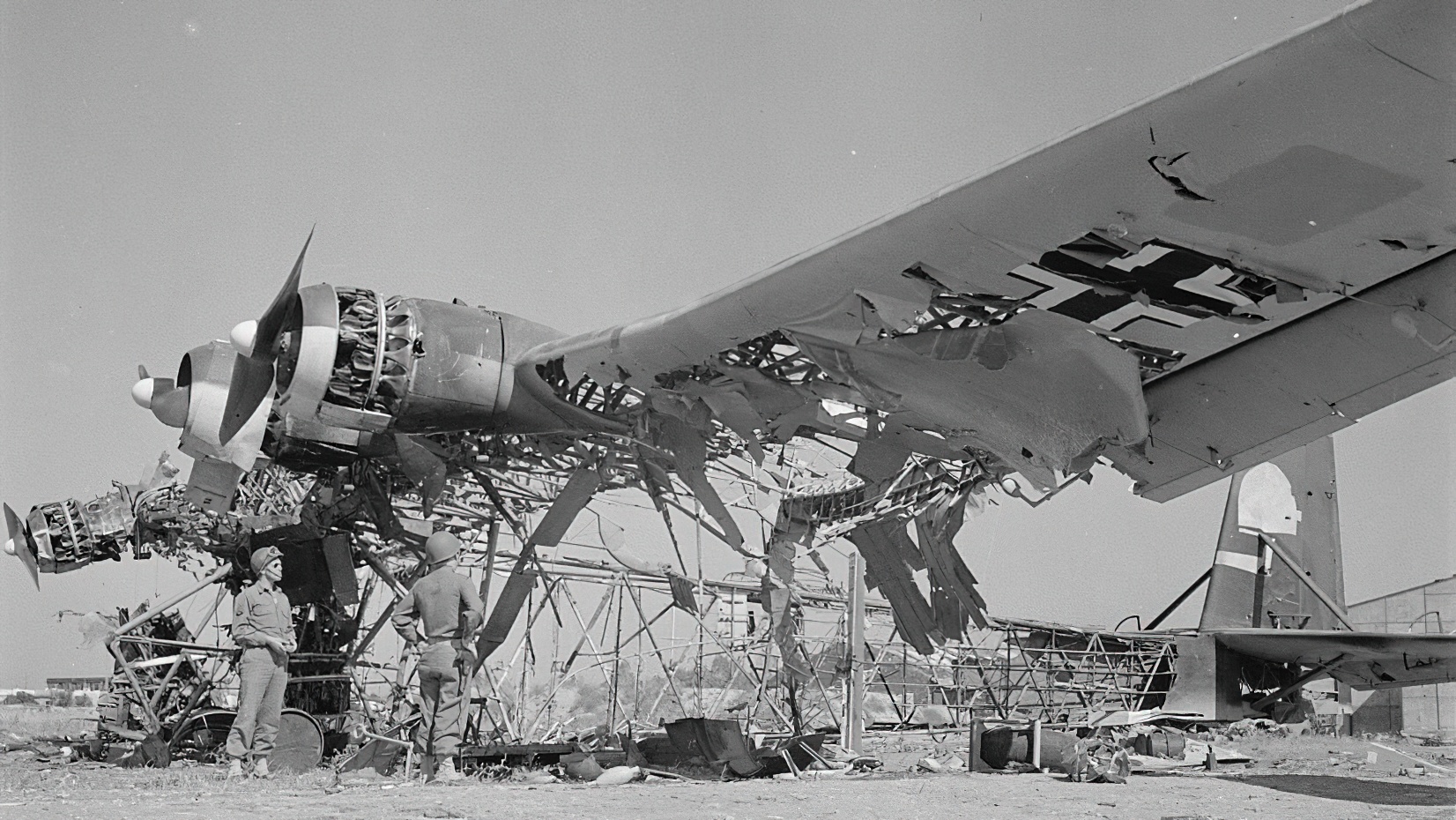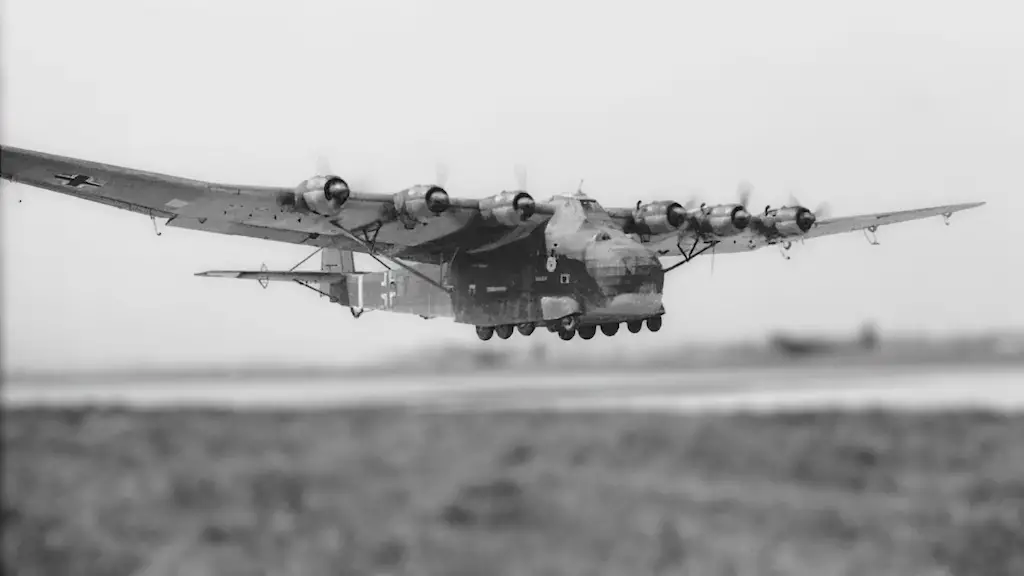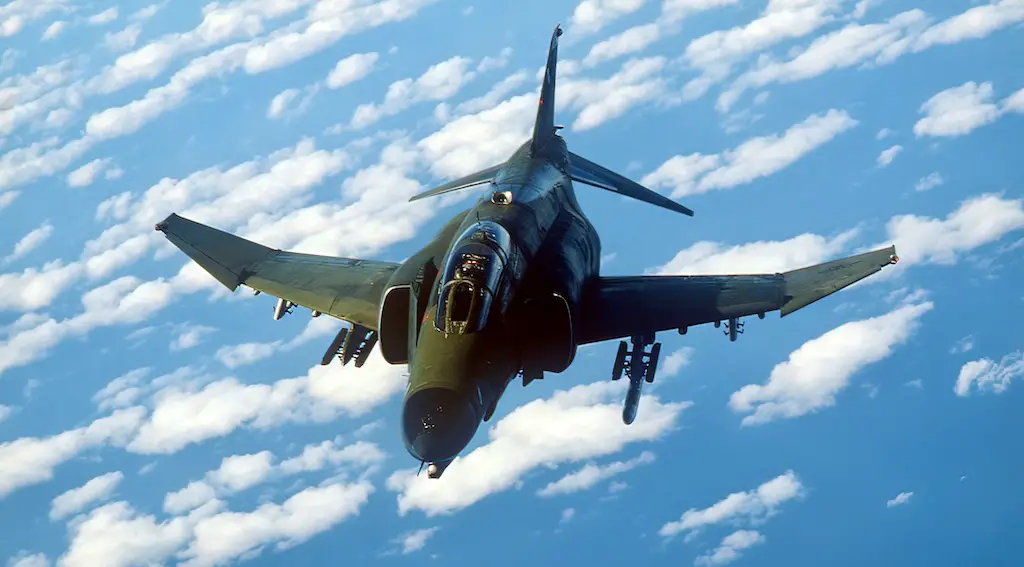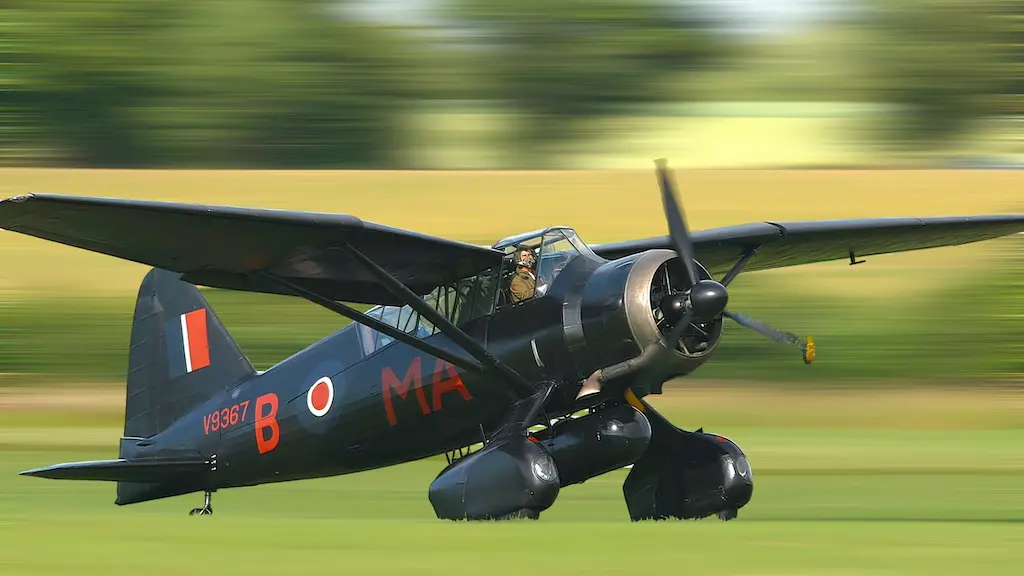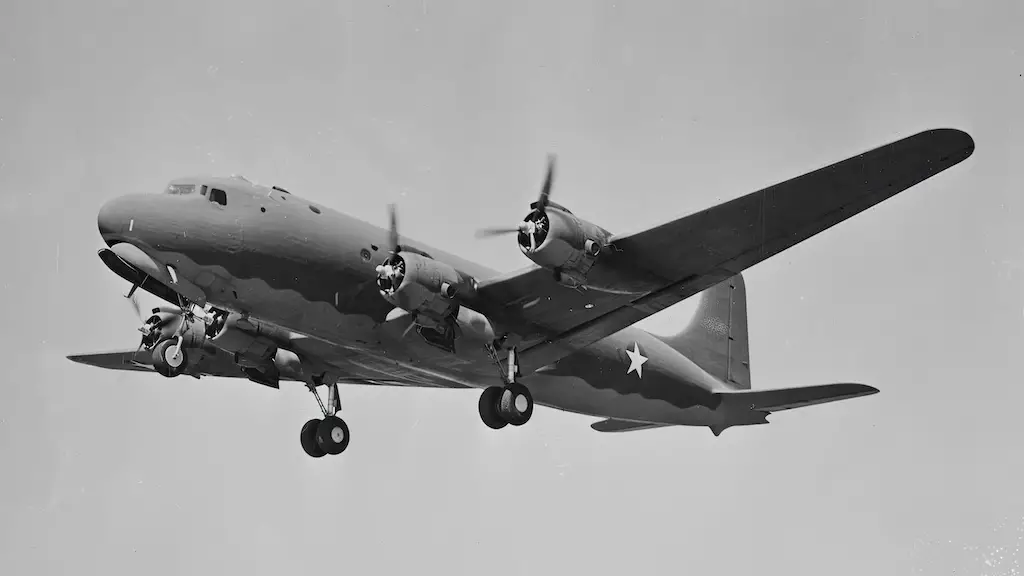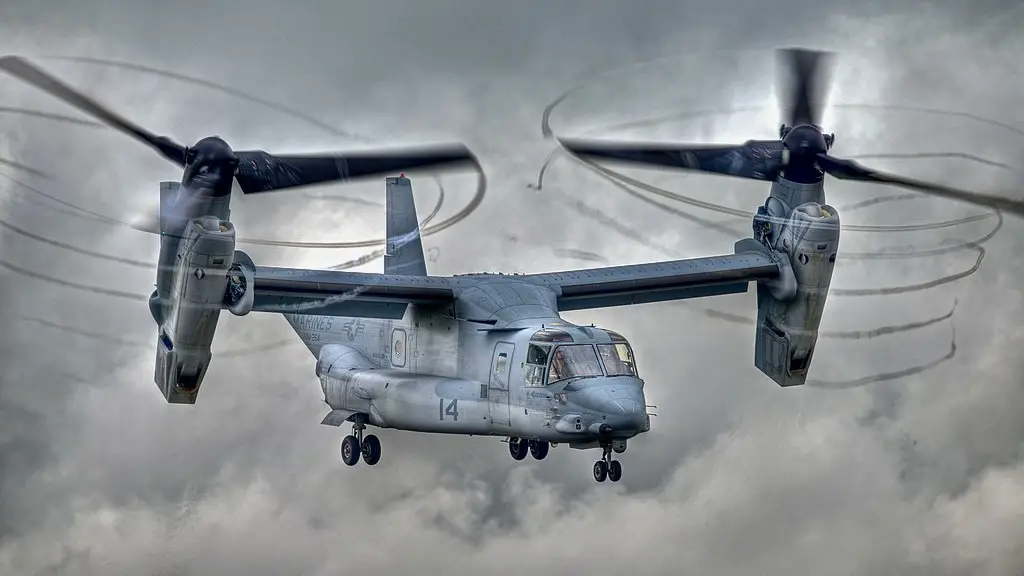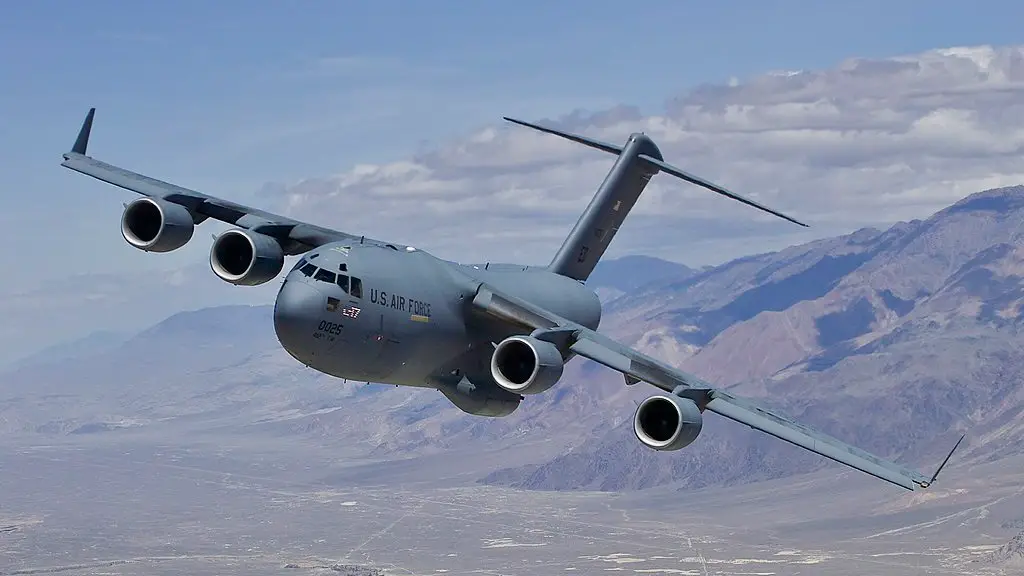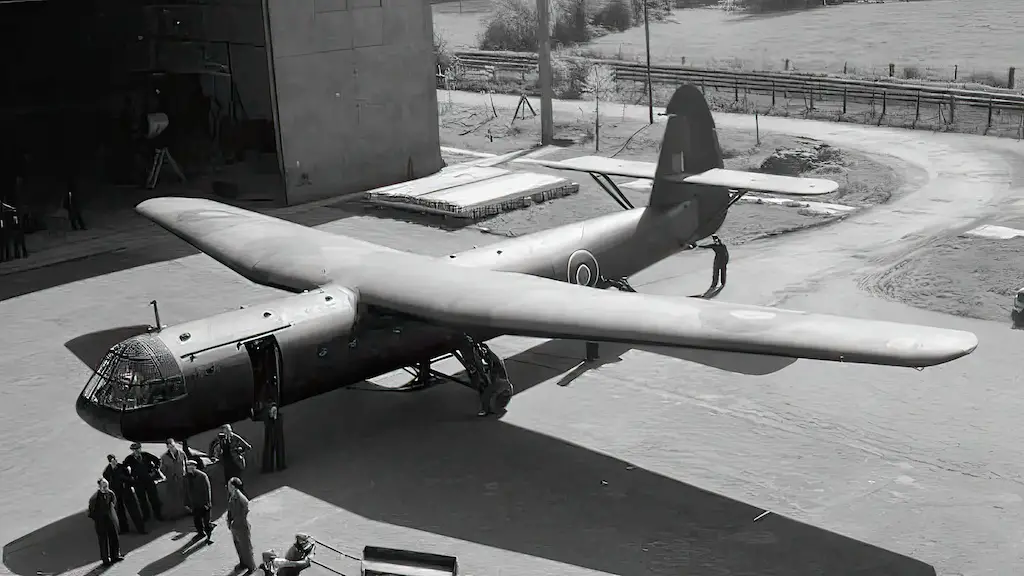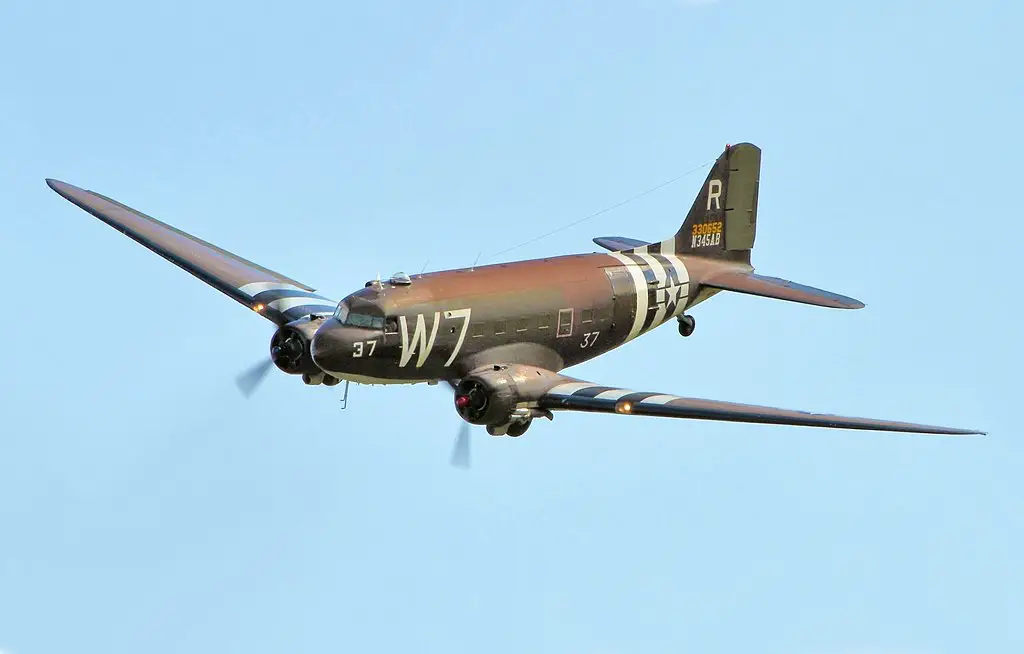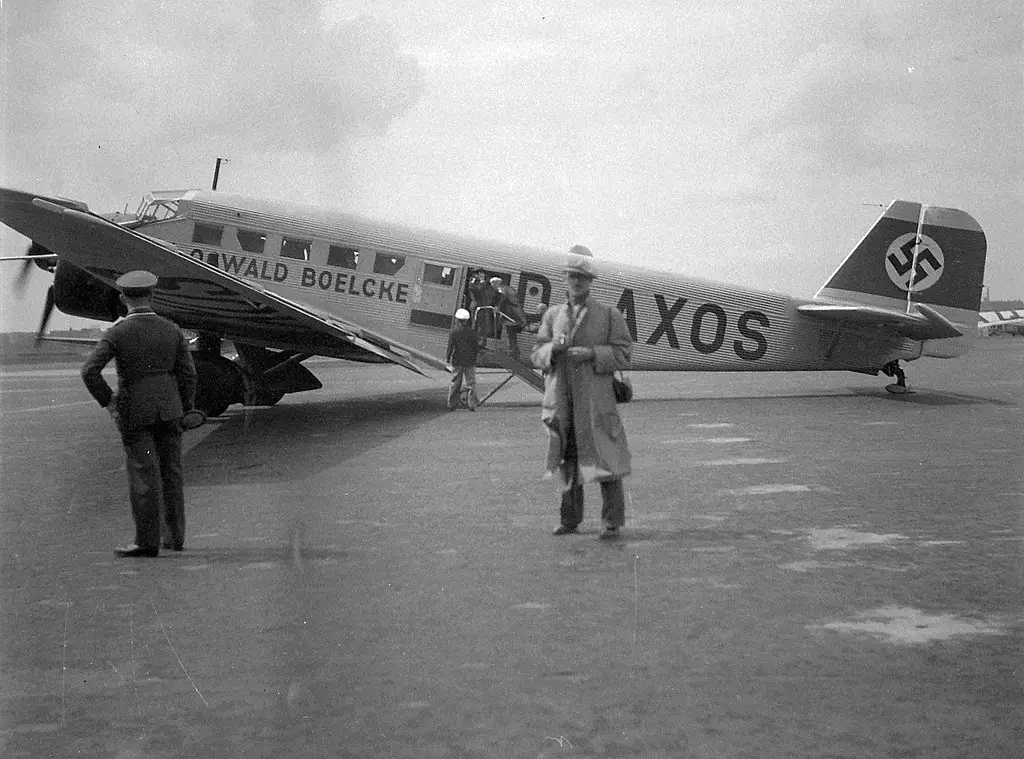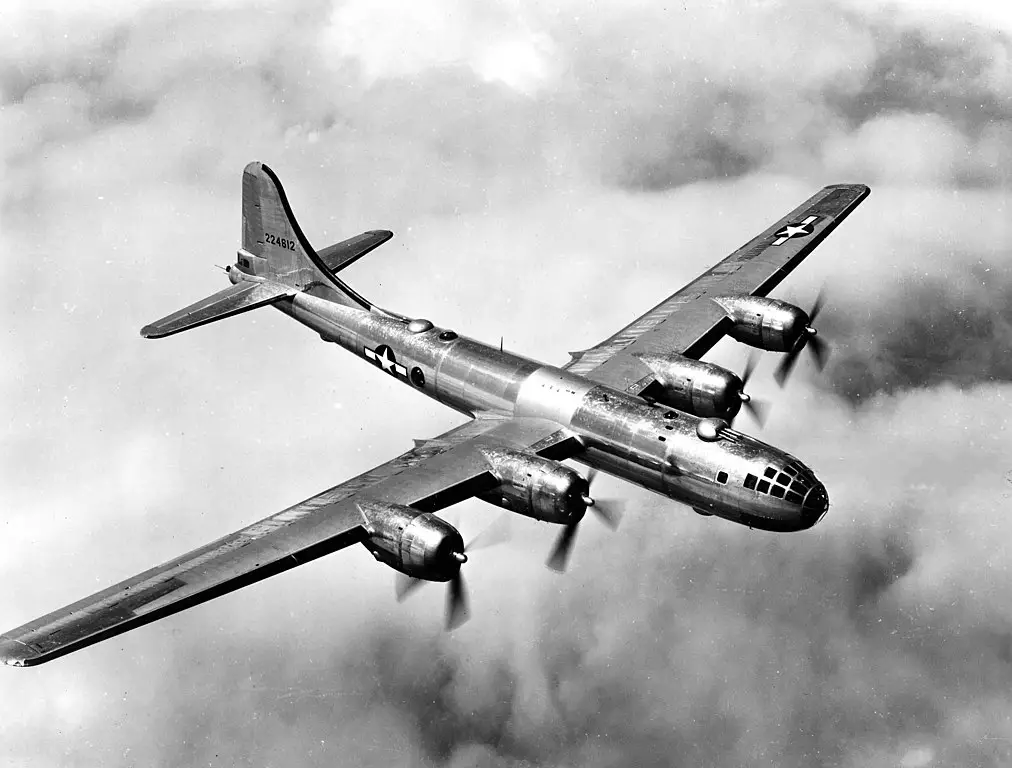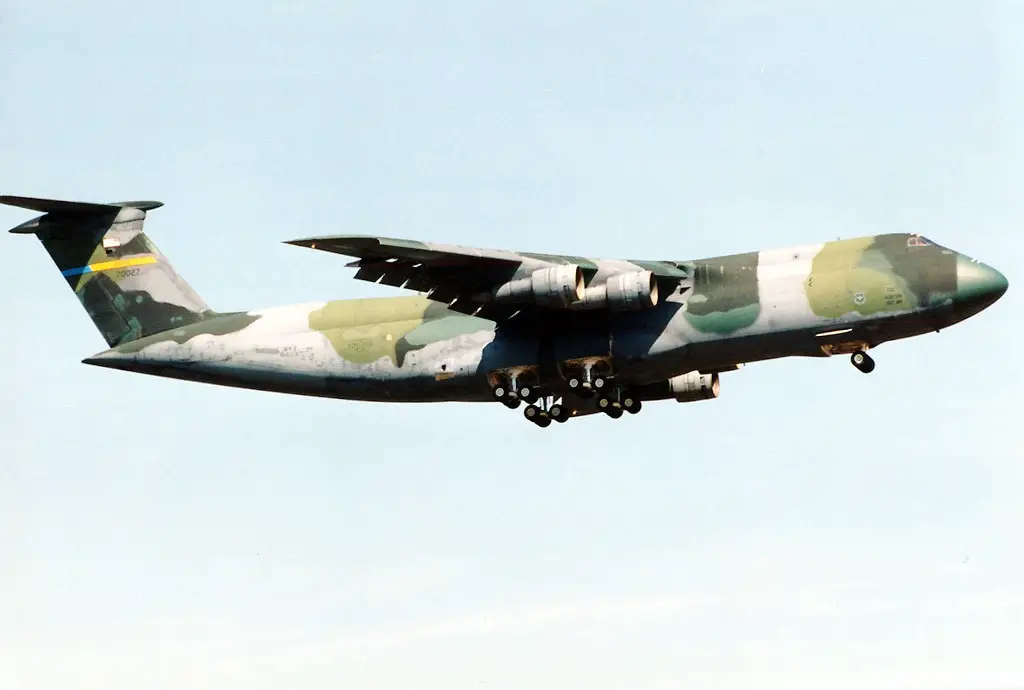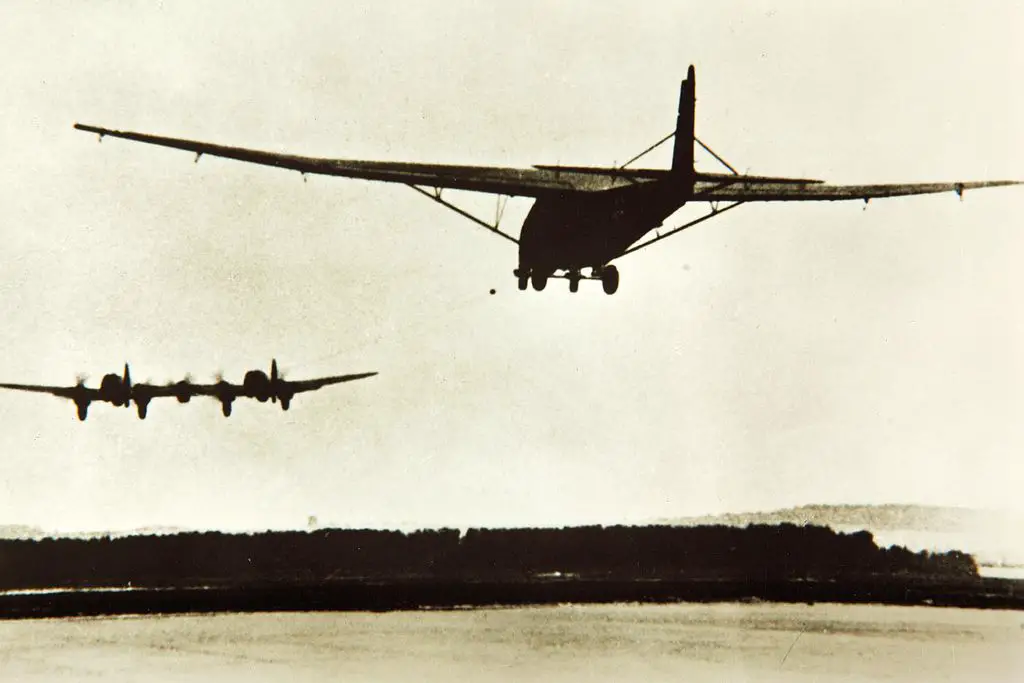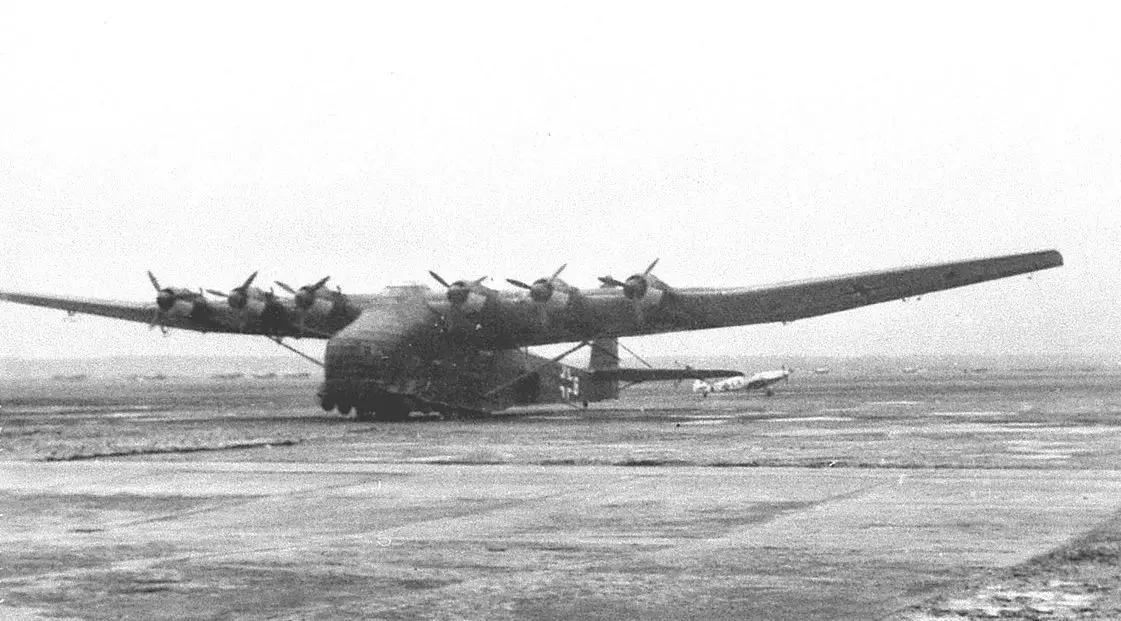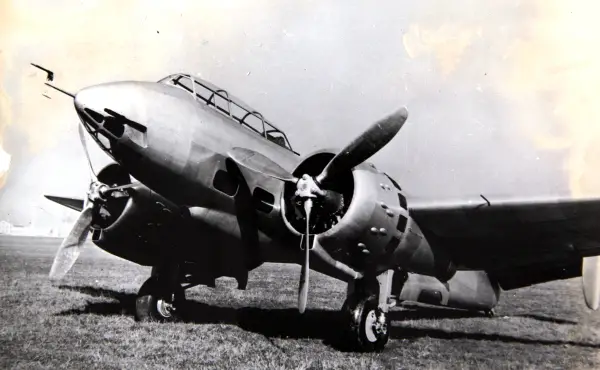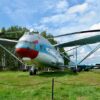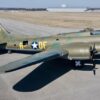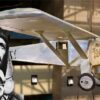The greater part of air transport operations during the WWII was performed by such aircraft as Douglas C-47 Skytrain and Junkers Ju 52. These unpretentious workhorses were used mostly for airlifting and airdropping troops and supplies. But there was also an aircraft that could carry trucks, artillery, and armored vehicles. With its nose loading ramp and heavy lift capability the Messerschmitt Me 323 Gigant (Giant) was a forerunner of today’s powerful airlifters, such as Lockheed C-5 Galaxy.
It’s good to have an engine
The Me 323 wasn’t conceived and built from nothing. It inherited its airframe from the Me 321, a heavy cargo glider intended for the German invasion of Britain, ‘Operation Sea Lion’. Although the invasion never happened, the glider became operational in May 1941. As Germany invaded the USSR instead, Me 321 gliders were deployed on the Eastern front.
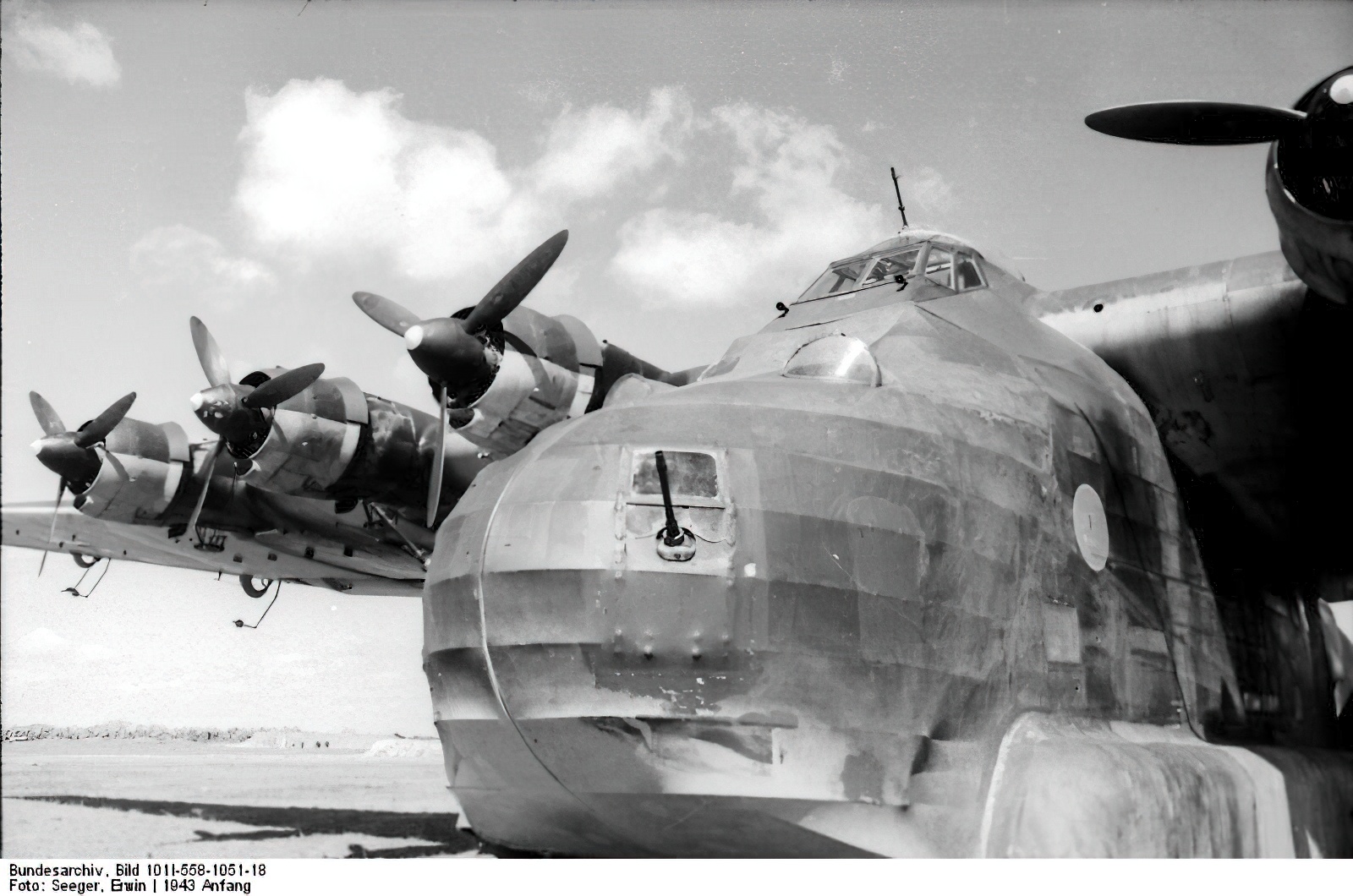
There heavy lift glider concept proved to be very inefficient. Most importantly, gliders were dependent on the availability of tug aircraft for the take off and special vehicles for taxiing.
As a result, Me 321 saw only limited use even as a transport, let alone its intended role of assault glider. When the German military indicated the need for a true heavy lift transport plane, Messerschmitt designers took the opportunity to create a powered version of Me 321.
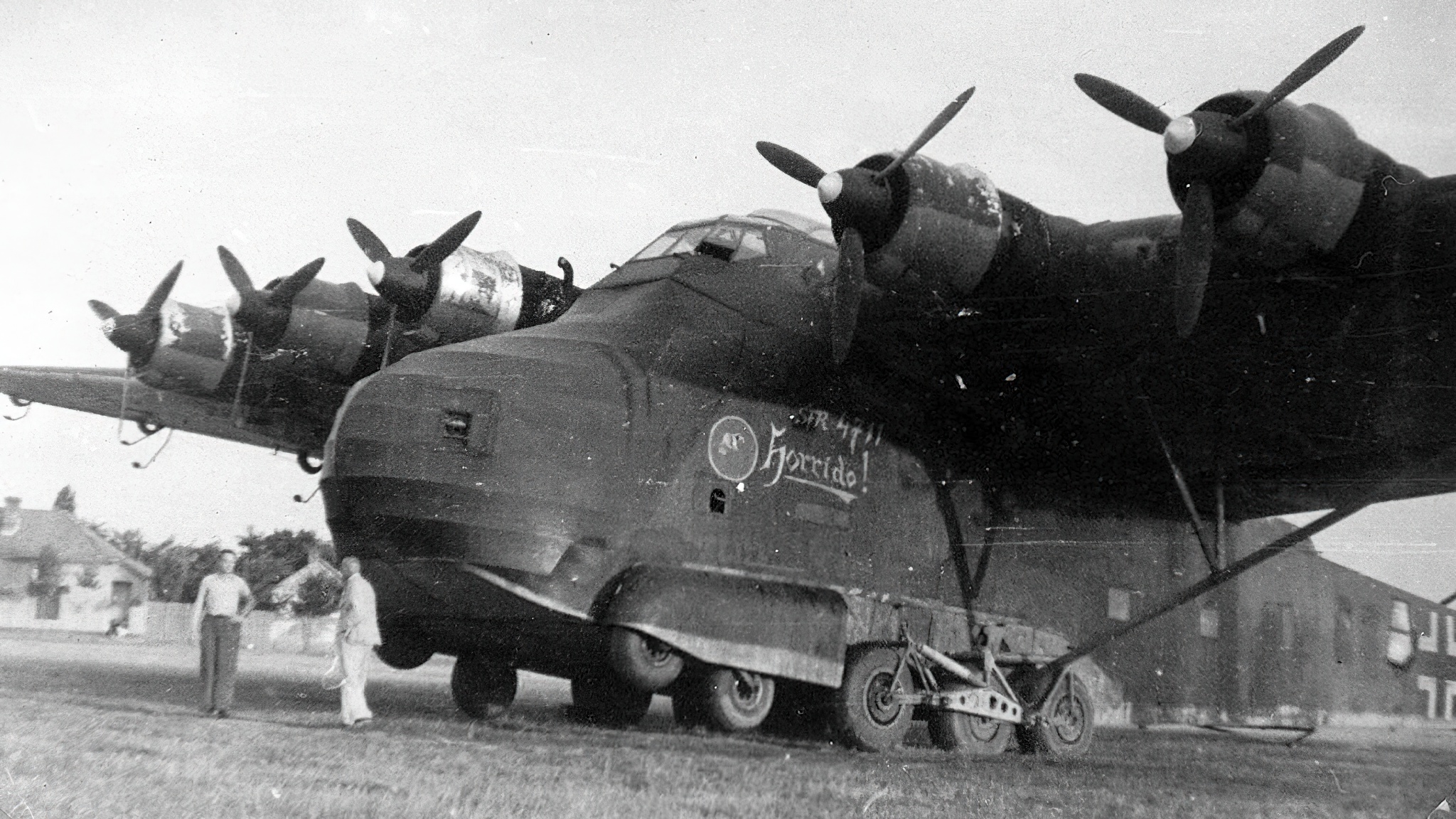
It’s even better to have four, no, six engines
The Me 323 was basically a motorized version of the same Me 321 airframe. In fact, many Me 323 planes were converted from Me 321 gliders. It featured a fuselage made of metal tube construction and high-mounted wings that made extensive use of plywood and fabric. Me 321 used Gnome et Rhône GR14N engines originally designed for French Bloch MB.170 bombers.
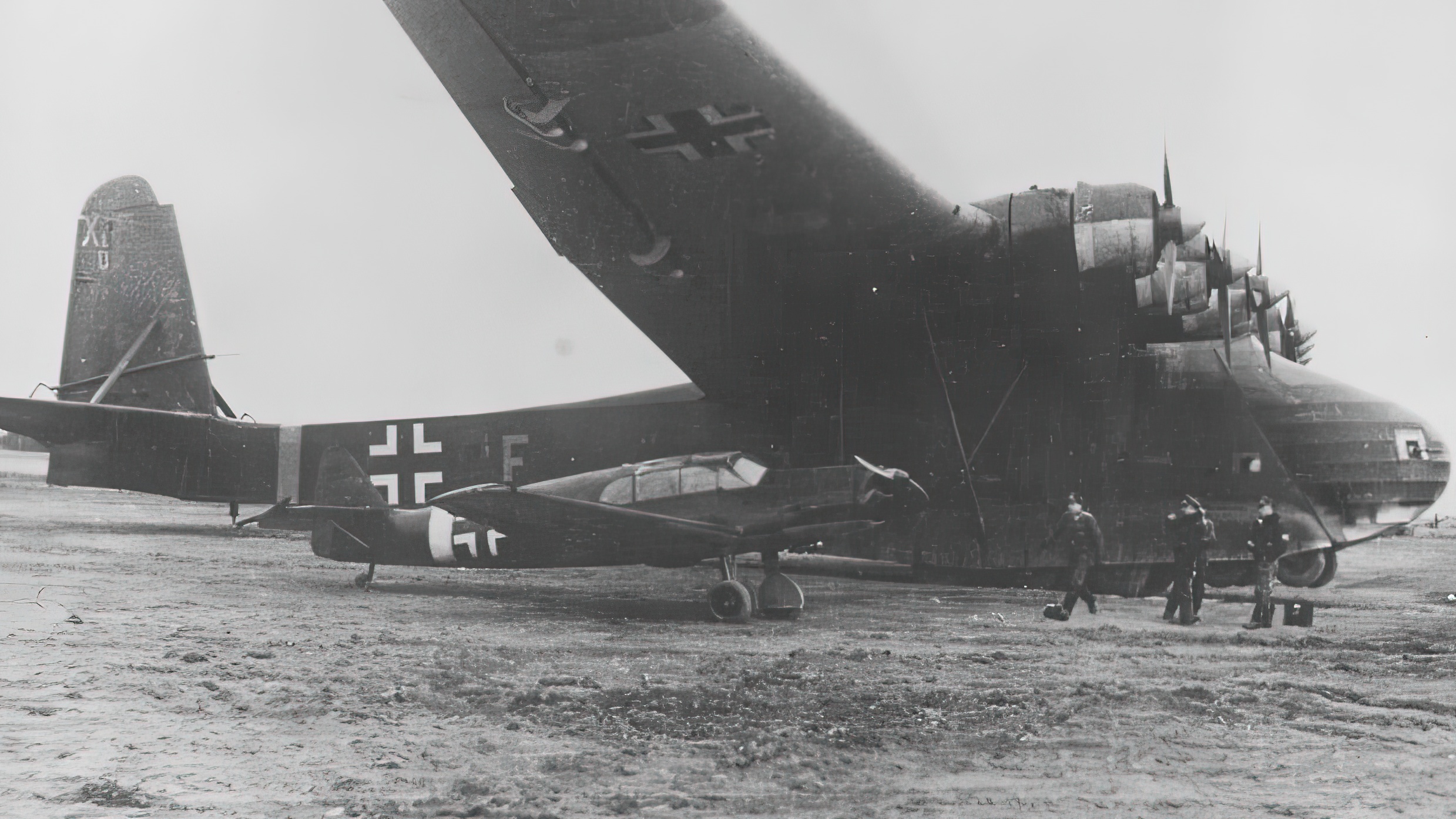
While first prototypes used a four-engine configuration, the production version was equipped with six. Still, even with three engines on each wing it remained underpowered and required a rocket-assisted takeoff when fully loaded (26,400 lb of payload). To deal with this array of motors Me 323’s five-strong crew (not counting gunners) included two flight engineers. Their posts were in two small cabins in the wings, between inboard and center engines.
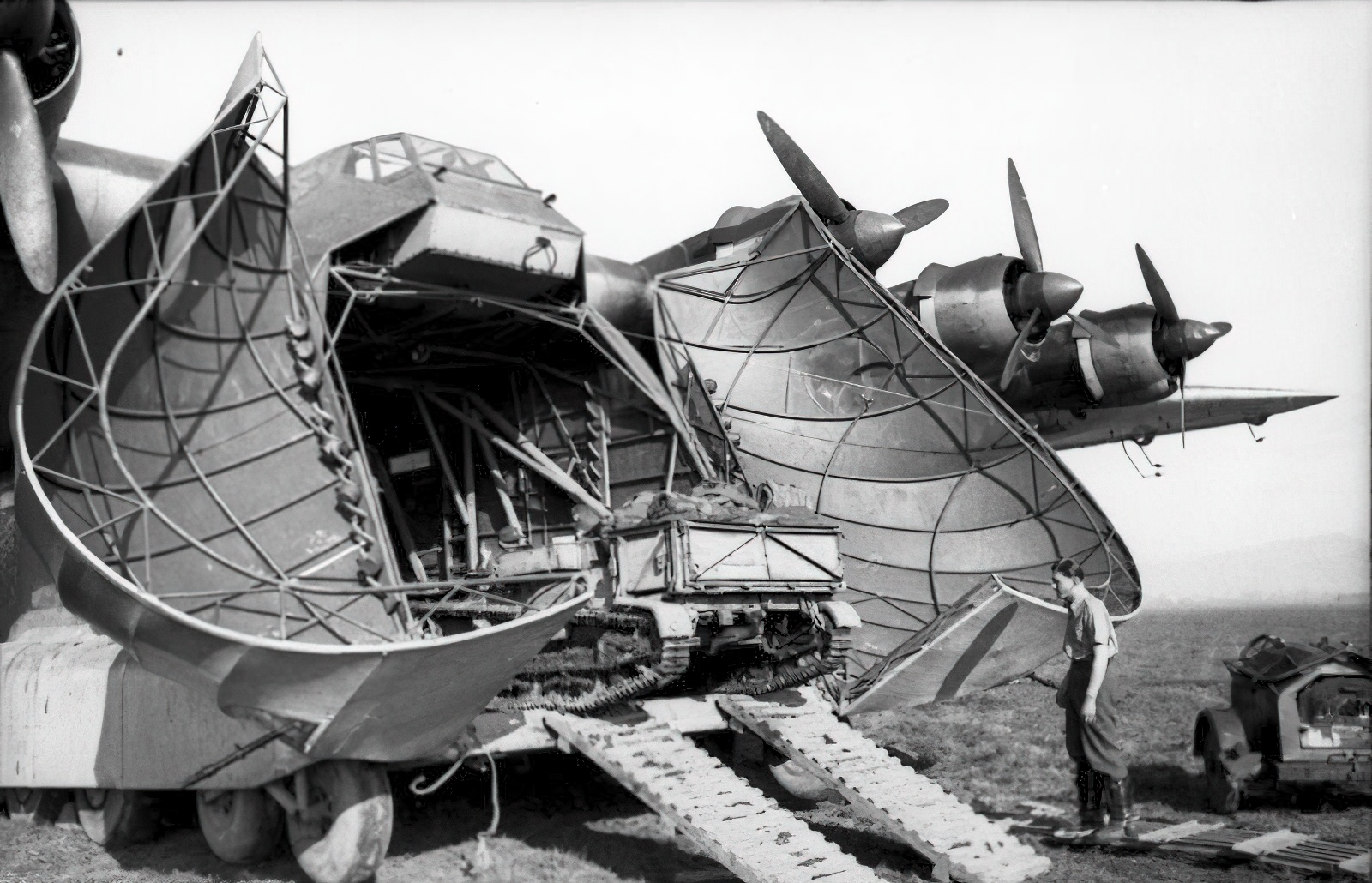
A slow giant
The Me 323 was first deployed in September 1942 to supply Erwin Rommel’s Afrika Korps in Tunisia with ammo and equipment. The Giant’s entering into service could not turn the tide for Germany, of course, but its combat use was rather successful. It carried weapons and supplies into the combat zone and wounded soldiers out of it. One Me 323 could take on board as many as 120 troops or 60 stretchers.
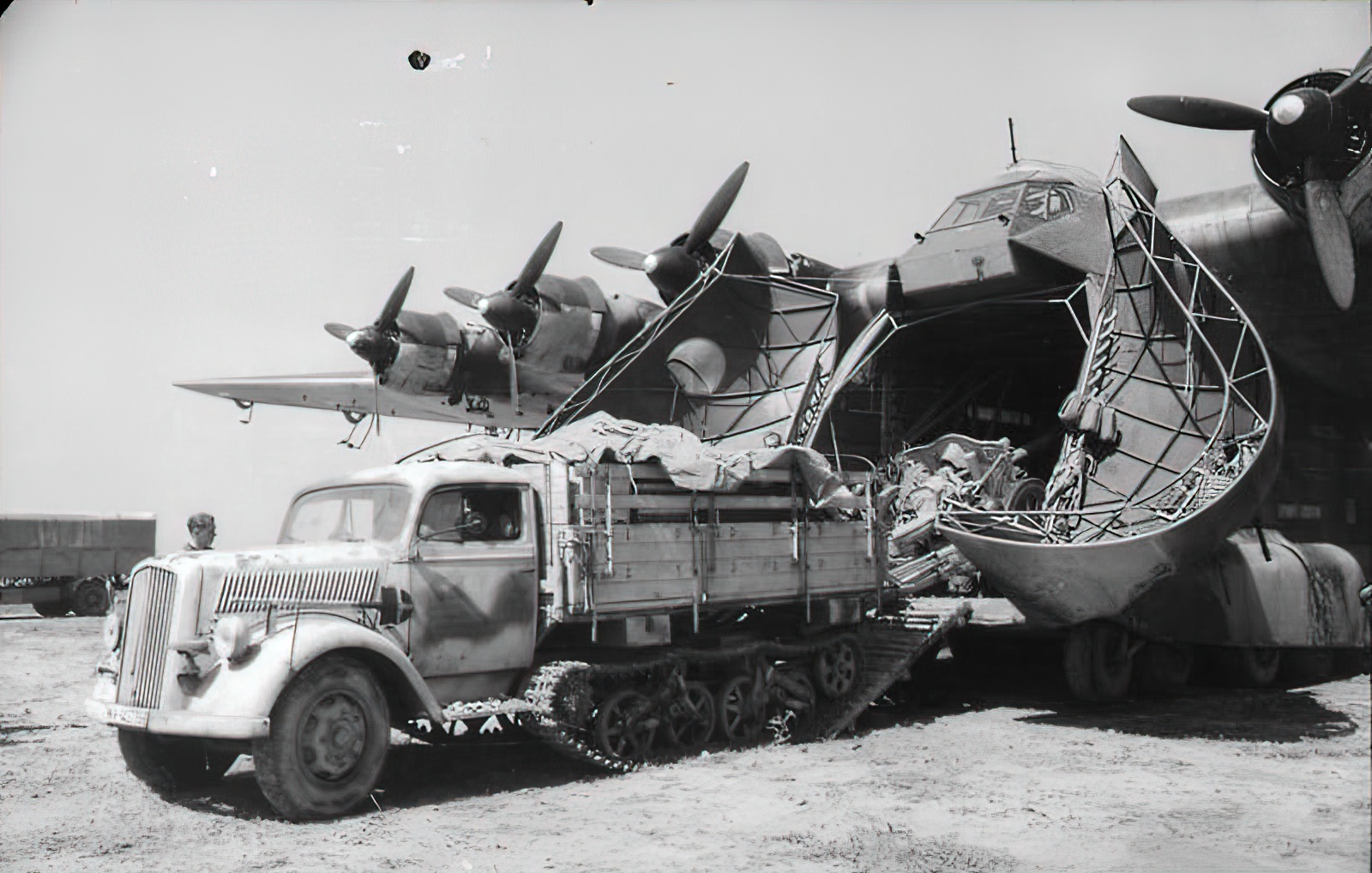
It was also capable of carrying such hardware as an 88 mm flak or even a Panzer IV tank. That was quite a serious payload for mid-1940s. A B-29 Superfortress, for example, carried no more than 20,000 lb of bombs. Me 323 was not the largest aircraft of its time. There were huge flying boats, such as Blohm & Voss BV 238. But, at any rate, it was the largest land-based aircraft of the WWII.
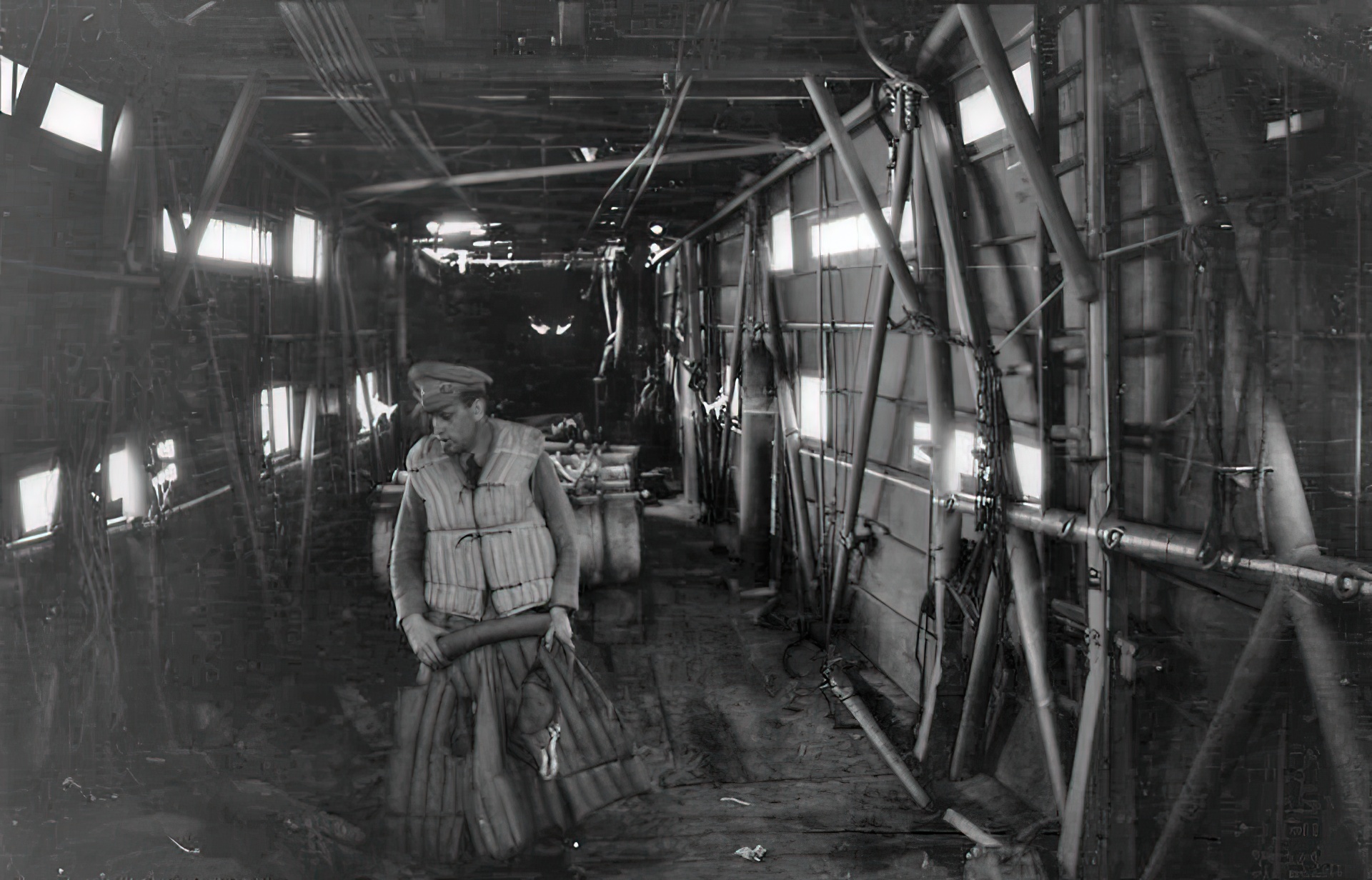
The Me 323’s input into German war effort could have been more substantial, but it had to operate in a contested airspace, which it was ill-suited for. A maximum speed of 177 mph made the Me 323 an easy prey. Its defensive armament comprising up to six machine guns didn’t offer enough protection either. On one occasion British fighters managed to take down 17 out of 27 Me 323s flying over the Mediterranean, even though they had a fighter escort.
A total of 198 Me 323 aircraft were produced. Unfortunately, not a single specimen survived the war.
